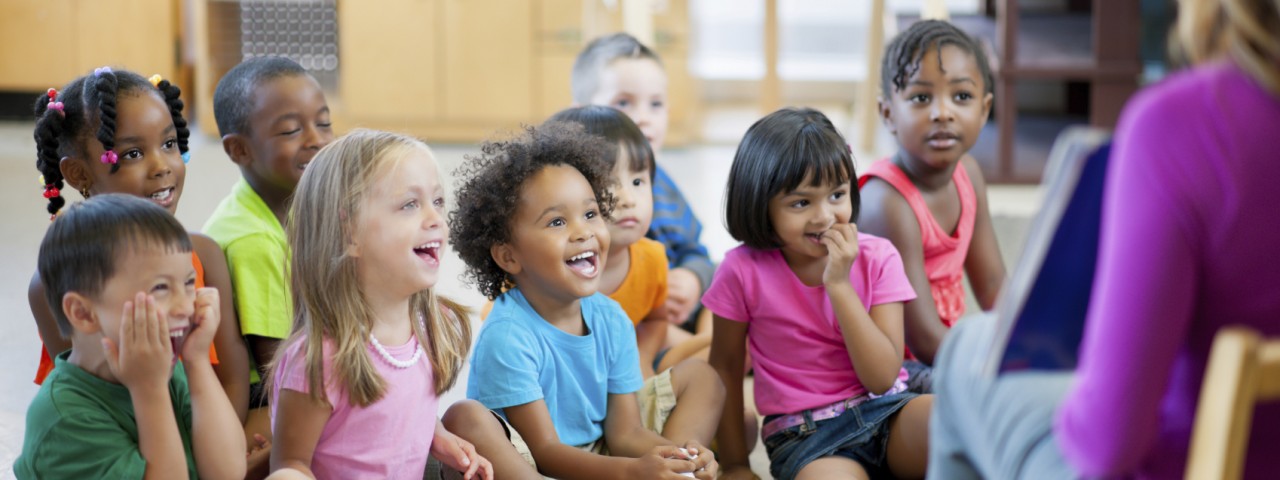Why 0-3 Matters: Children Learn What They Live
- Tweet

In her 1954 poem, Children Learn What They Live, Dorothy Law Nolte tells us that children develop in an environment of relationships. “If children live with encouragement,” for example, “they learn confidence.” “If children live with approval, they learn to like themselves.” Conversely, “if children live with ridicule, they learn to be shy.” A half-century of neuro-scientific discoveries have only affirmed the truth in Dr. Nolte’s words.
Babies’ brains are wired for learning. But the actual process of their development depends on the world around them. Brain connections (or synapses) that are used frequently are strengthened. Synapses that are used seldom or never wither and are pruned. Connections within the brain form in a particular sequence, starting with those related to vision, hearing, and touch, and then moving on to the areas of the brain that control language and, in turn, to those areas of the brain having to do with more complex cognitive processes, including self-control and self-confidence.
So much of this process of development occurs during the first three, four, and five years of a child’s life that these early years provide a unique moment for shaping the positive development of our children. The brain undergoes tremendous growth in these early years, doubling in size by age two, and reaching nearly adult size by age four. Meanwhile, through the process of strengthening and pruning, the brain develops the basic architecture that will shape how a child will think, learn, remember, and interact with the world, laying the foundation for the adult that child will become.
Dr. Nolte expressed the same idea much more eloquently nearly sixty years ago: “if children live with hostility, they learn to fight …” On the other hand, “if children live with praise, they learn to appreciate” the people and world around them.
